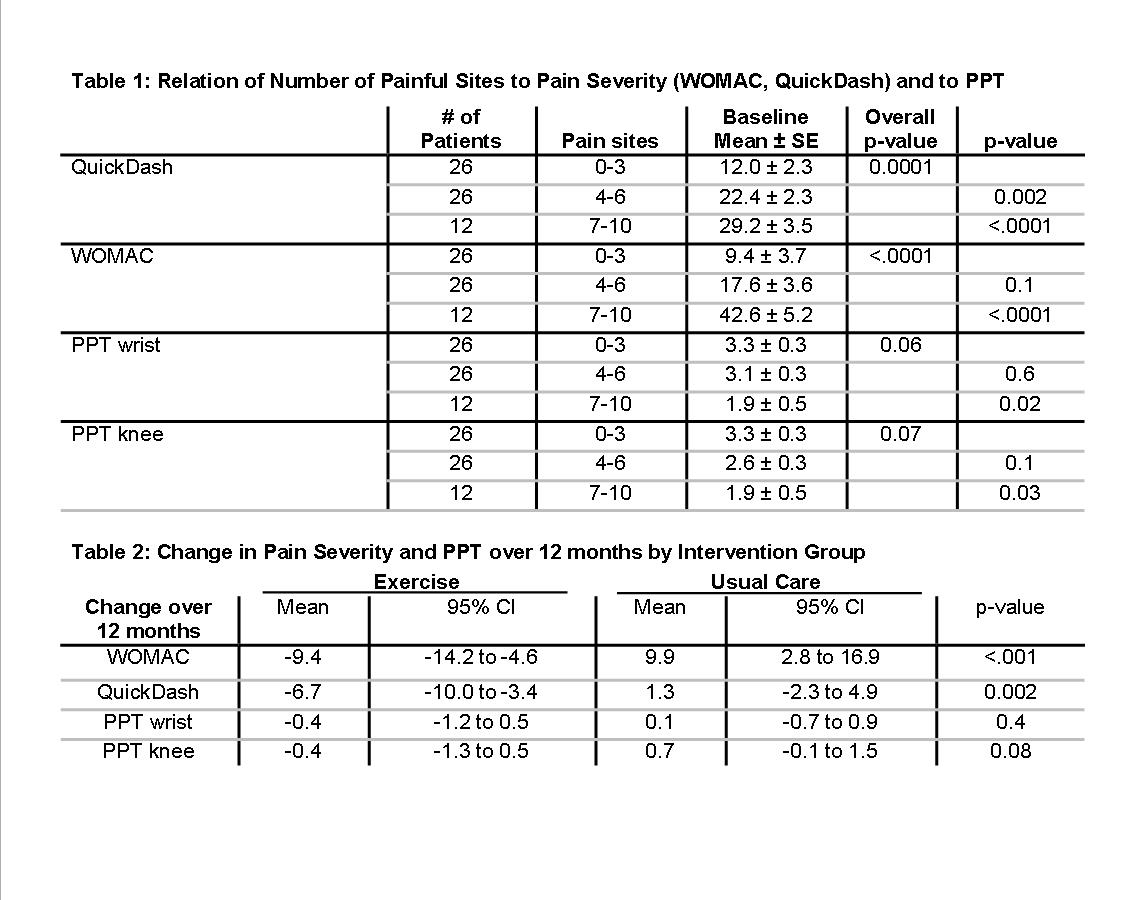Session Information
Session Type: ACR Concurrent Abstract Session
Session Time: 2:30PM-4:00PM
Background/Purpose:
Methods:
Results:
Conclusion: 
To cite this abstract in AMA style:
Crespo-Bosque M, Brown C, Cartmel B, Harrigan M, Irwin M, Neogi T. Pain and Sensitization in Women with Aromatase Inhibitor-Associated Arthralgias [abstract]. Arthritis Rheumatol. 2016; 68 (suppl 10). https://acrabstracts.org/abstract/pain-and-sensitization-in-women-with-aromatase-inhibitor-associated-arthralgias/. Accessed .« Back to 2016 ACR/ARHP Annual Meeting
ACR Meeting Abstracts - https://acrabstracts.org/abstract/pain-and-sensitization-in-women-with-aromatase-inhibitor-associated-arthralgias/
